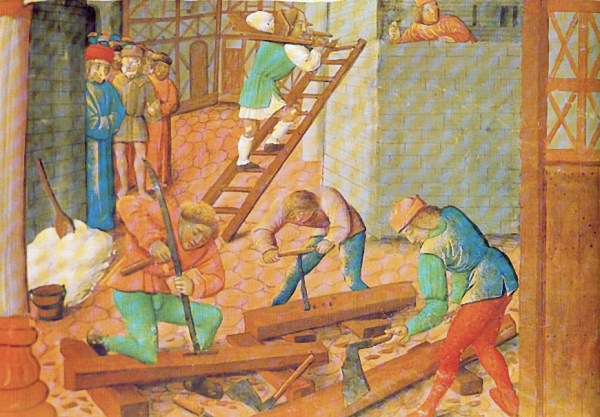
It is not often that my love of tool geekery and word geekery coincide. But over several posts about “Grandpa’s Workshop” and the besaigue (bisaigue) there have been some questions about the tool and how to pronounce the word.
It is pronounced, bees-ay-goo with the last “o” there kind of swallowed.
Maurice Pommier the author and illustrator of the book, offered up this info on the origins of the word.
From the “Robert Dictionary:” feminine noun, dates to the 12th century, from Latin, “bis acuta”, sharpened twice – a carpenters tool with two cutting tools, one a mortise chisel, the other a chisel.
From “Larousse Dictionary:” feminine noun, from Latin “bis” – twice, “acuta” – sharpened.
The gold standard for traditional tools in France is Daniel Boucard, who has published several books on the topic including “Dictionnaire des Outils” and traces the first mention of the word to 1160, and says that the word was originally spelled “BESAIGÜE”
– Brian Anderson, the translator of “Grandpa’s Workshop.”